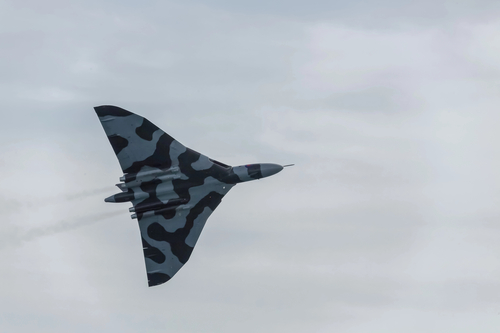
The Avro Vulcan, Britain’s thunderous delta-wing bomber, stands as a testament to the nation’s post-World War II aerospace innovation and military strategy during the tense days of the Cold War.
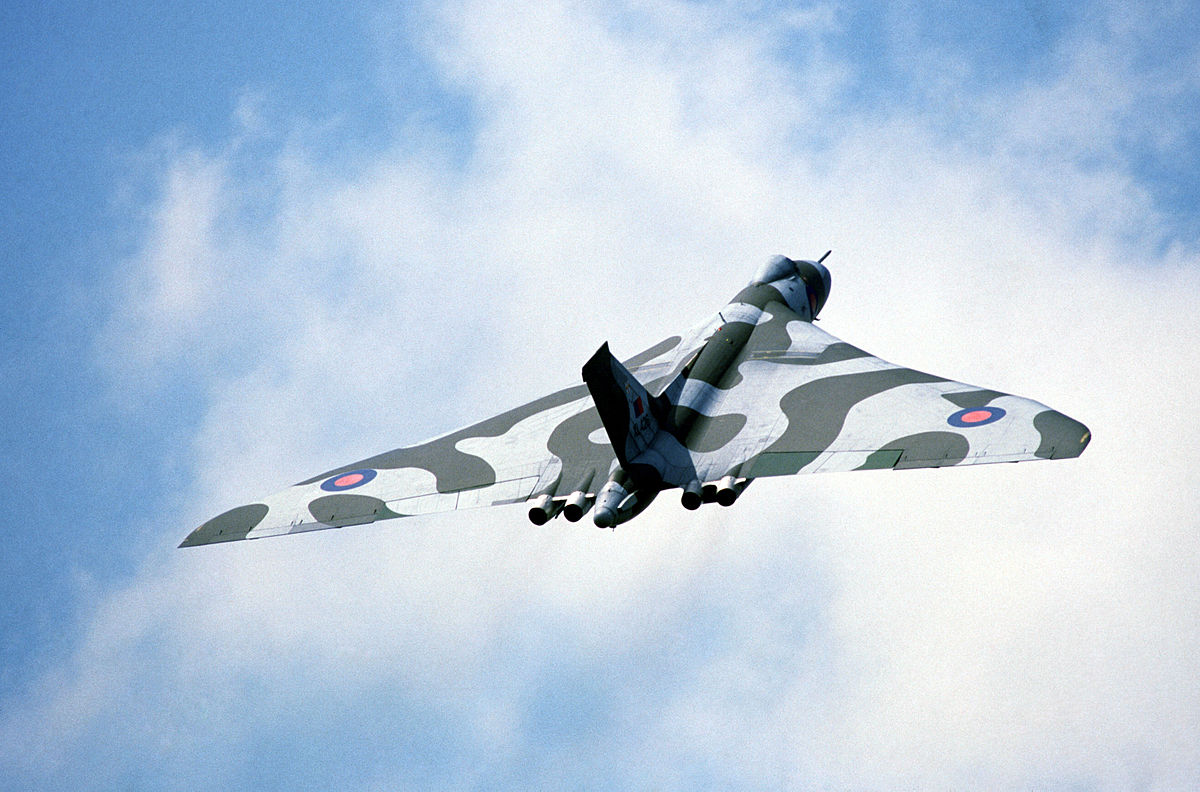
Designed to carry out Britain’s independent nuclear deterrent mission, the Vulcan was a key component of the Royal Air Force’s “V bomber” contingent.
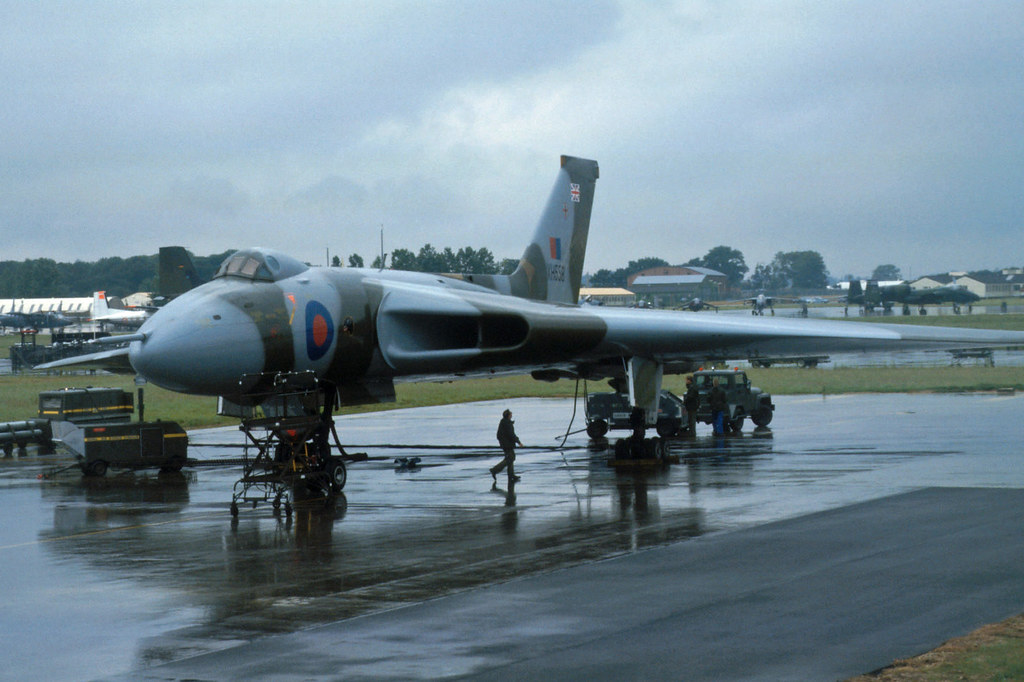
The Vulcan, known for its distinctive howl and impressive silhouette, first took to the skies on August 30, 1952.

In 1958, a new version of the aircraft was introduced, equipped with upgraded engines that provided enhanced thrust. The avionics systems were modernized, and the aircraft’s re-fueling capability was integrated. By the end of that year, Avro had manufactured a total of 89 Vulcan bombers.
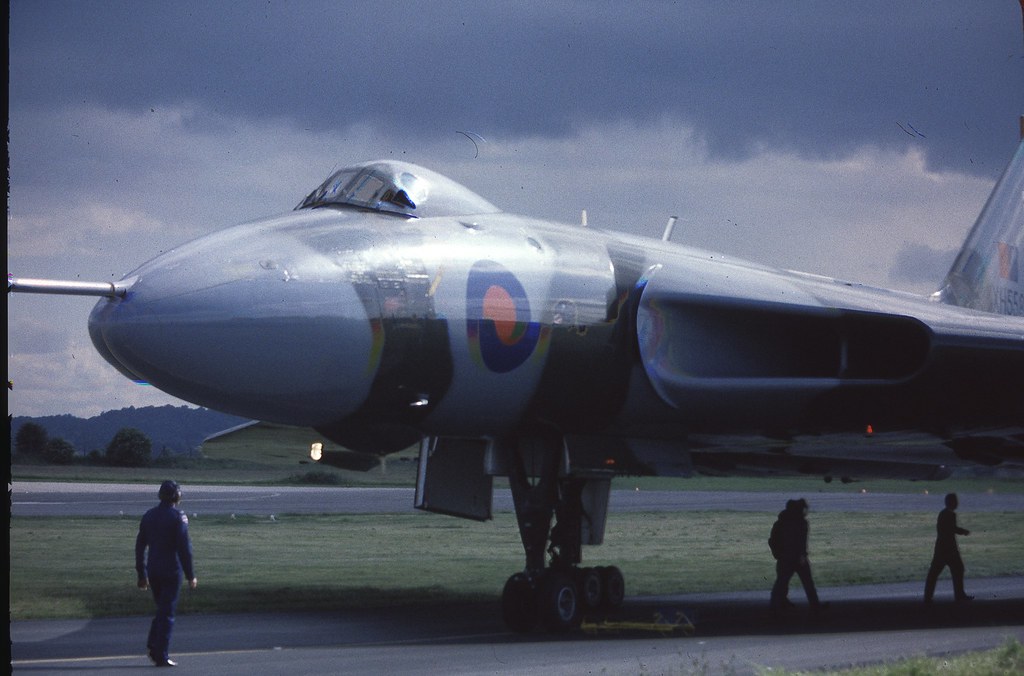
The aircraft’s internal bomb bays were another innovation ahead of their time, capable of holding up to 21 one-thousand-pound bombs.

Operation Black Buck stood out as the most audacious mission undertaken by the British since World War Two.
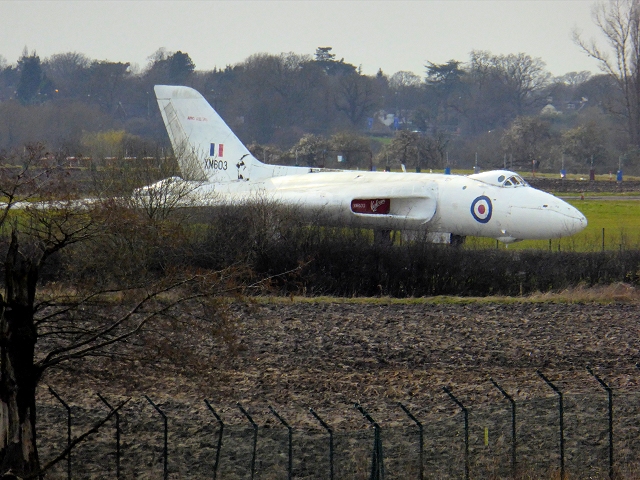
The Vulcans undertook a challenging journey of 3,900 miles over the ocean, executing bomb drops and missile launches on low runs below radar detection, before refueling to return to Wideawake Airfield on Ascension Island in the mid-Atlantic.

Each Vulcan received crucial support from multiple tankers. The tankers faced a complex task during this mission, yet they executed it with exceptional skill.
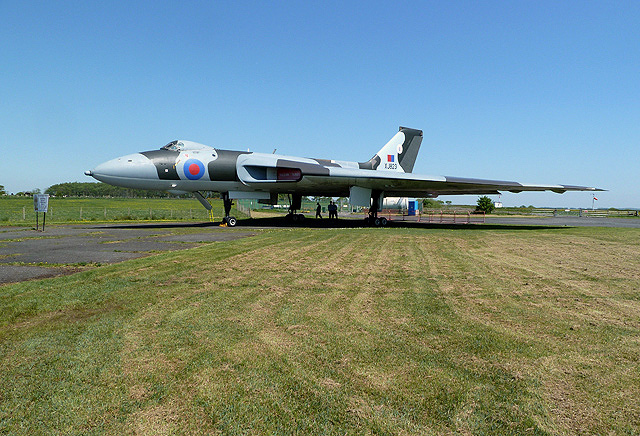
The Vulcans successfully targeted Argentine air strips at Port Stanley and radar installations with precision. Subsequently, they embarked on the lengthy return journey.

Although the Vulcan was sparingly used during the Cold War, its performance during the Falklands conflict highlighted its strategic value.
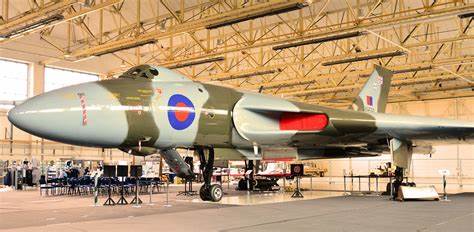
This operation not only bolstered British military aviation but also garnered widespread public acclaim for the military’s unwavering efforts during the war.

The successful refueling operations showcased the Vulcan’s extensive range, underscoring its potential to reach the Soviet Union if the need ever arose.
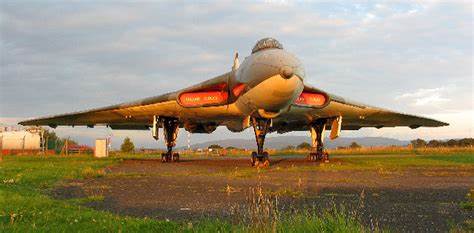
In 1970, the Vulcan transitioned from its nuclear-deterrent role to submarines and took on the role of a conventional bomber.

Its distinctive design, characterized by a 52-degree sweep-back wing configuration, granted it exceptional payload capacity, fuel efficiency, and maneuverability.
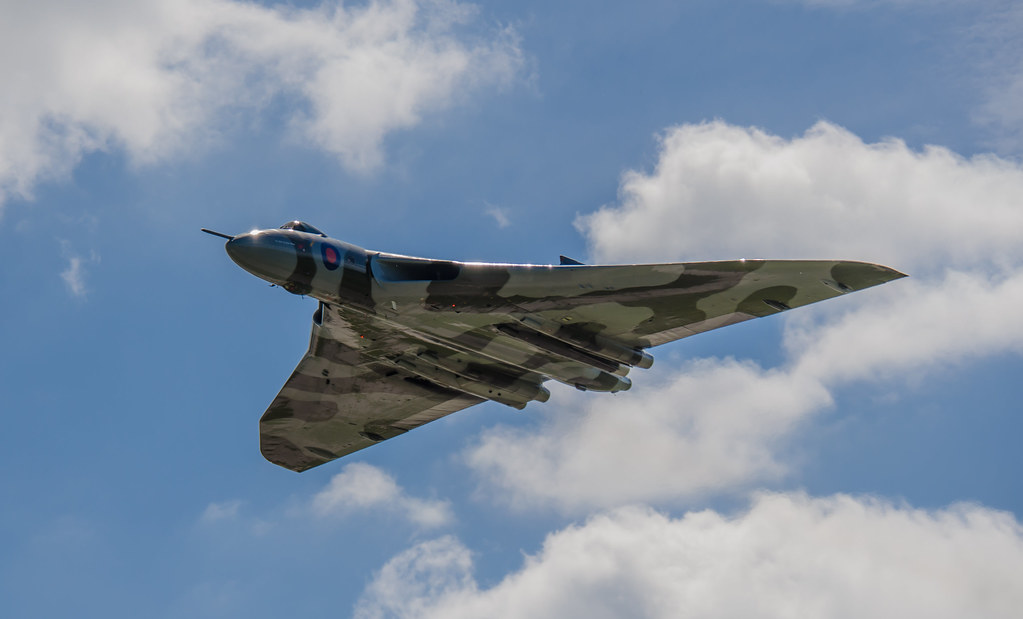
Today, the Vulcan’s legacy lives on, the RAF Museum has two Vulcans on display. XM598 at our Midlands site and XL318 at the RAF Museum London.
Relevant articles:
– The history of the Avro Vulcan Bomber, Imperial War Museums
– The Avro Vulcan Bomber Had One Mission: Wage War on Russia, The National Interest
– Avro Vulcan: part 4. The final Black Buck raids., The Royal Air Force Museum
– Last Flying Avro Vulcan Grounded, EAA | Experimental Aircraft Association
